Cooperative expands on work to restore, manage native migratory fishes
| Published: 10-10-2023 5:00 PM |
TURNERS FALLS — Federal, state and nonprofit partners launched the new Connecticut River Migratory Fish Restoration Cooperative on Thursday to expand on work to restore and manage native migratory fishes and their habitats in New England’s largest watershed.
The parties convened at the U.S. Geological Survey’s Silvio O. Conte Anadromous Fish Research Center in Turners Falls to start a new chapter in cooperative fisheries management and continue the work of the Connecticut River Atlantic Salmon Commission after its authorizing legislation expires at the end of this month. Congress established the interstate commission in 1983 to coordinate fisheries management and restoration in the watershed that encompasses parts of Massachusetts, Vermont, New Hampshire and Connecticut.
“The cooperative speaks to the things that we are working on ... and need to work on going into the future. So it’s the future of our efforts and our programs,” said Ken Sprankle, project leader of the U.S. Fish & Wildlife Service’s Connecticut River Fish and Wildlife Conservation Office. “It’s going to be a continuation of what we’ve been doing. But I think the cooperative agreement just lays it out in a very logical, concise manner.”
State and federal partners in 1967 formed the Policy and Technical Committee for Anadromous Fish Restoration in the Connecticut River in response to a need for inter-agency coordination. Sixteen years later, Congress created the Connecticut River Atlantic Salmon Commission to build on this momentum, focusing on Atlantic salmon. The formal effort to restore Atlantic salmon in the Connecticut River ended in 2012 after consistently poor adult survival rates, likely due to changing marine environments. But the collaborative work to reconnect and restore hundreds of miles of river habitat continued, benefiting other species, including the alewife, blueback herring, American eel and American shad.
Andrew Fisk, former executive director of the Connecticut River Conservancy who in August was announced as the Northeast regional director of American Rivers, a nonprofit dedicated to addressing river threats across the country, has been appointed by the state to sit as the new cooperative’s public member.
“We are not the experts, so our job is to assist ... in the cooperative voting on decisions,” he explained.
Fisk said migratory fish fill “an incredible evolutionary niche” in maintaining the health of freshwater ecosystems. He said they can live in freshwater and saltwater and they serve as food for other species that humans eat. The fish also transport nutrients to freshwater systems.
“They’re essentially nutrient-delivery vehicles,” Fisk said.
Article continues after...
Yesterday's Most Read Articles
 Cryptozoology exhibits featured at Education Earth Museum
Cryptozoology exhibits featured at Education Earth Museum
 Longtime public servant Richard Sheridan dies at 78
Longtime public servant Richard Sheridan dies at 78
 Athol Royalston Middle School Honor Roll Term 3
Athol Royalston Middle School Honor Roll Term 3
 State Senate budget funds free community college for all
State Senate budget funds free community college for all
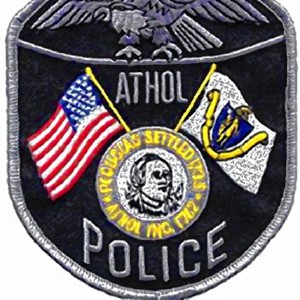 Athol Police Logs: April 12 to April 19, 2024
Athol Police Logs: April 12 to April 19, 2024
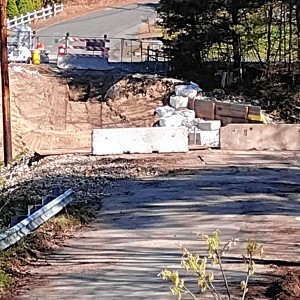 Work on Pinedale Avenue Bridge connecting Athol and Orange to resume
Work on Pinedale Avenue Bridge connecting Athol and Orange to resume
The Connecticut River Atlantic Salmon Commission’s Technical Committee members worked collaboratively during regular meetings each spring and fall to tackle longstanding issues and seize new opportunities. They pooled expert input to produce management plans for four priority species — American eel, river herring, sea lamprey and American shad — in the watershed, but it also took the American shad plan a step further by developing an associated fish passage performance addendum, laying out performance metrics for hydropower facilities. That addendum is folded into the Federal Energy Regulatory Commission’s (FERC) settlement agreements for the Northfield Mountain Pumped Storage and Turners Falls projects in Massachusetts and the Great River Hydro projects in Vermont and New Hampshire.
Sprankle said it would have been too involved to try to change legislative language to reauthorize the Connecticut River Atlantic Salmon Commission.
“It was determined the best path forward was a cooperative and cooperative agreement,” he said. “And that’s what we chose to do.”
Reach Domenic Poli at: dpoli@recorder.com or
413-930-4120.

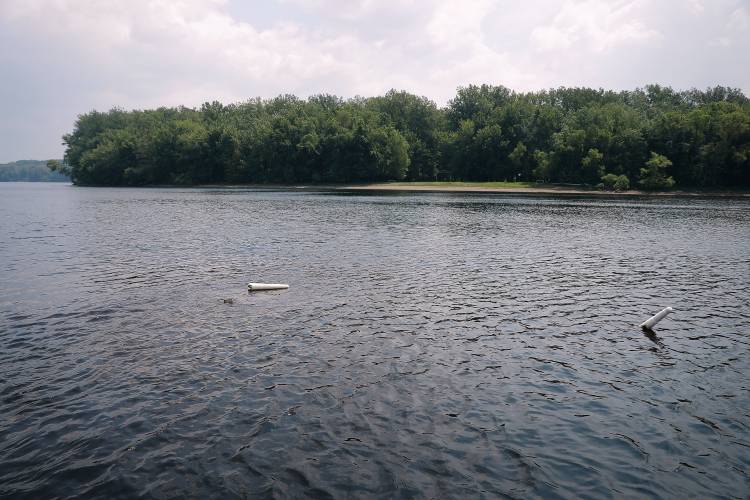
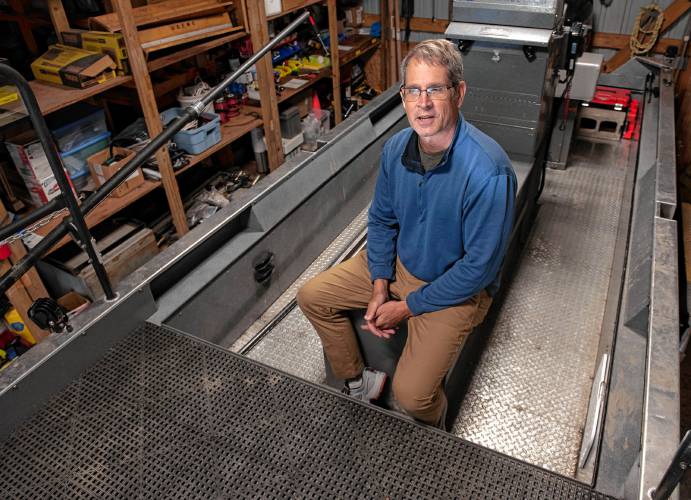
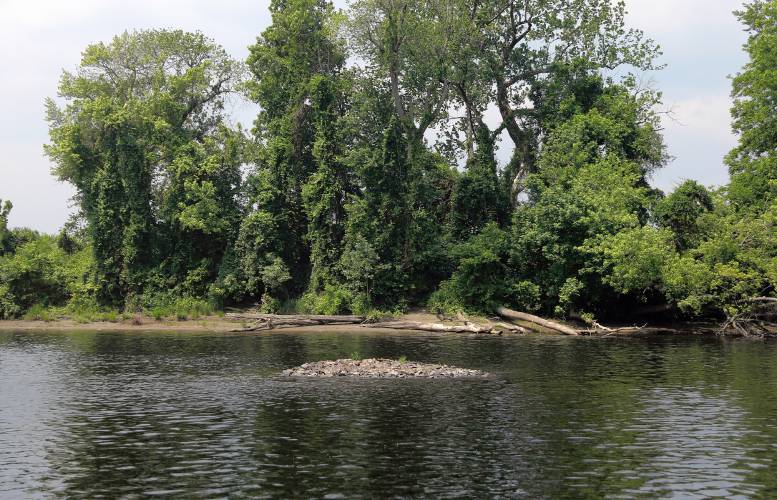
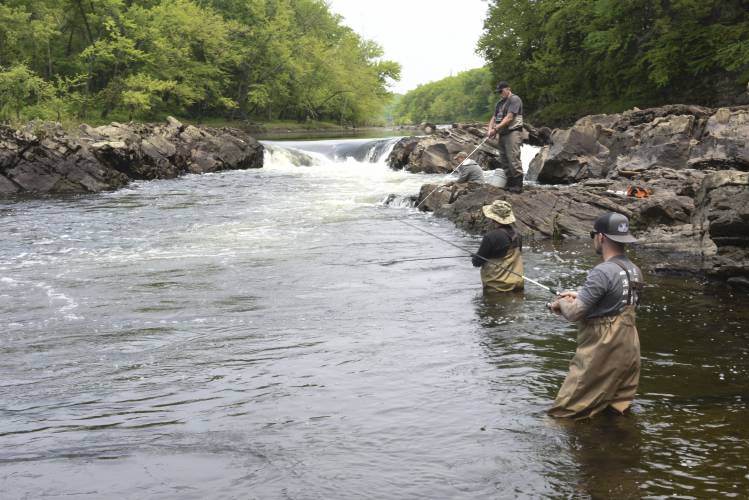
 UMass student group declares no confidence in chancellor
UMass student group declares no confidence in chancellor